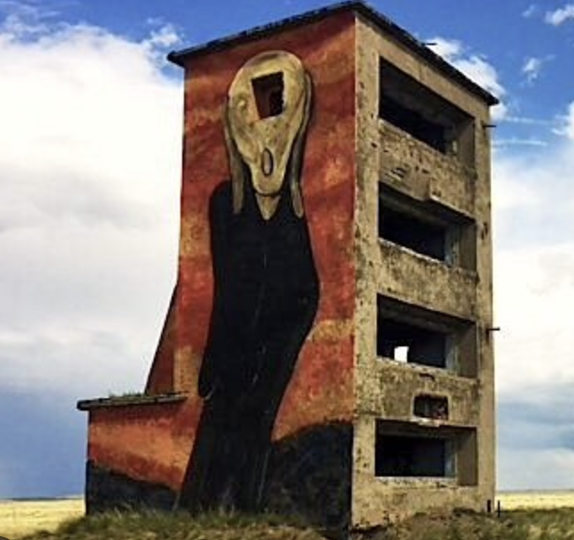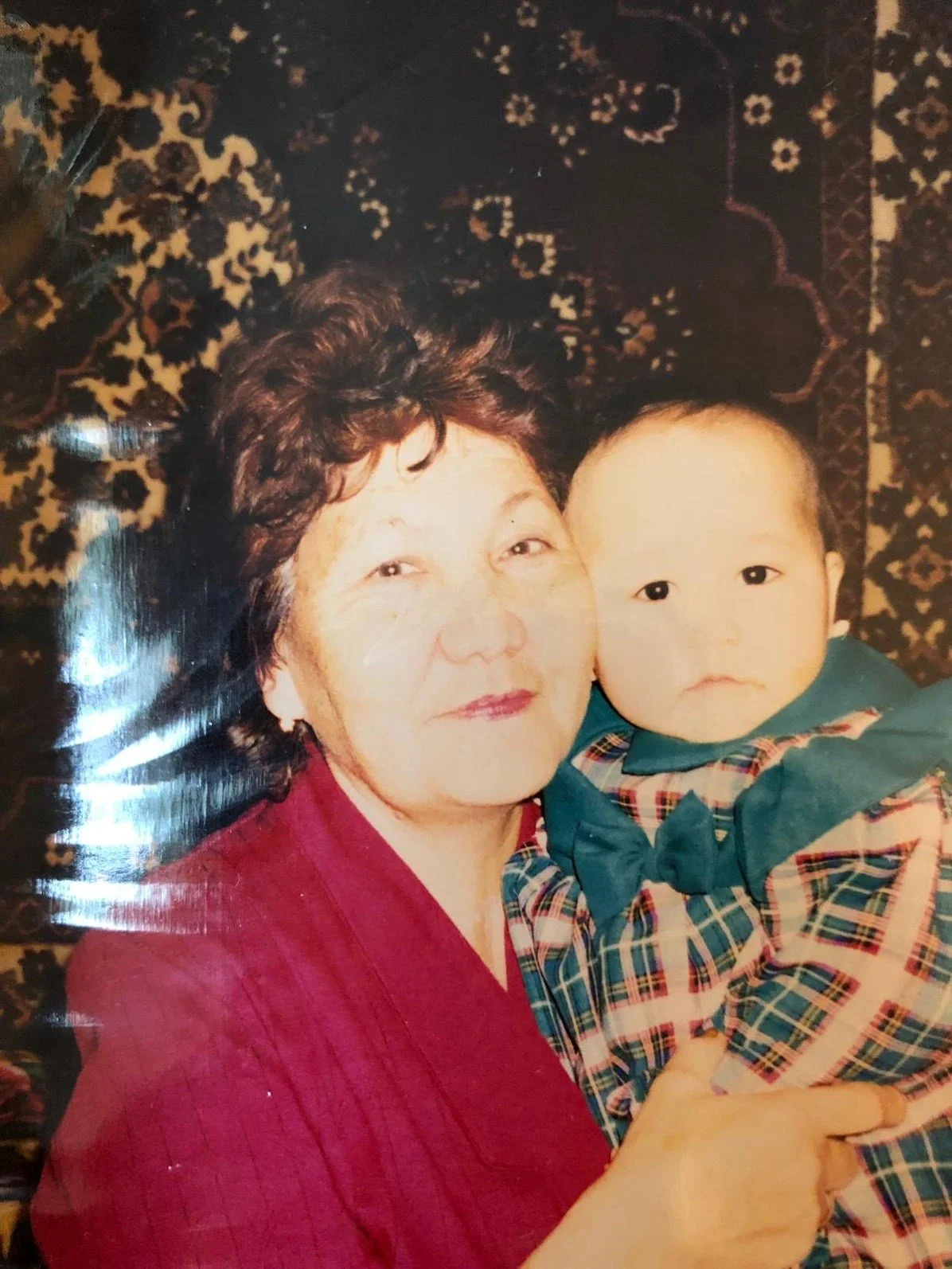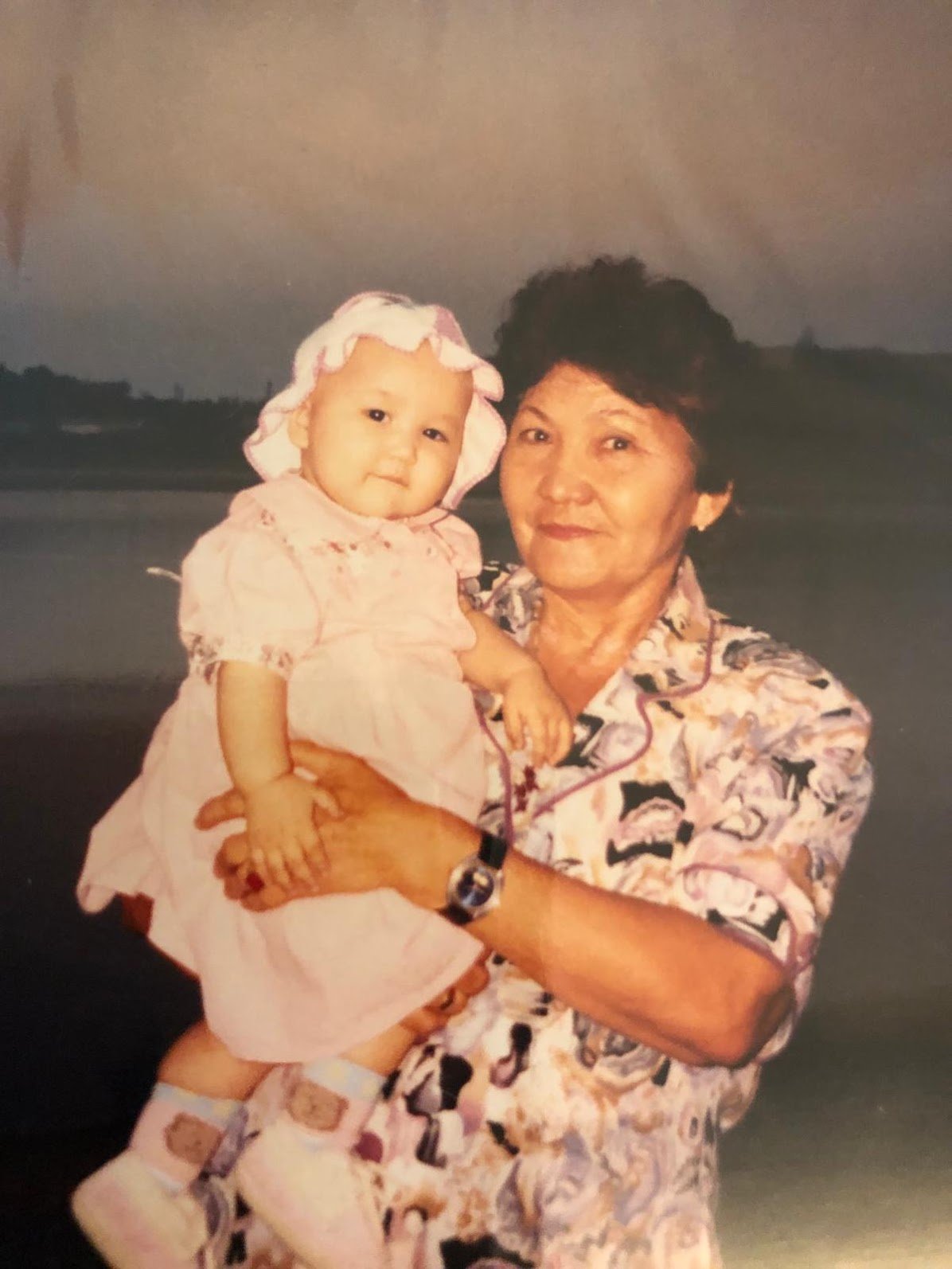I recently participated in a Design Hackathon called “Tasty Hacks.” by The Residency
I built this website to bring social awareness to the problem, which deeply resonates with me.
Judging criteria were: Taste 40%, Usefulness 20% Progress 20% and Storytelling 20%
Introduction to my grandmother and Kazakhstan’s Nuclear Curse
My grandmother, Zanhaisha, was a survivor of the Soviet Union’s nuclear testing in Semipalatinsk, Kazakhstan—a tragic chapter of history known as the Red Terror and a genocide of the Kazakh people. From 1941 to 1991, 456 nuclear bombs were detonated in this region, exposing generations to deadly radiation. The Soviets falsely claimed that the area was uninhabited, when in reality, it was home to 1.5 million Kazakh people. They never informed the native Kazakhs about the dangers of radioactive fallout or the truth behind the mysterious "radioactive mushrooms" that people unknowingly consumed. These tests transformed my homeland into a toxic landscape of atomic lakes and silent killers.
Despite the hardships, many stayed out of love for their land, though most succumbed to Kaynar Syndrome—a radiation-linked condition causing early death from cancer, illness, or suicide. Born with vitiligo and plagued by health issues, my grandmother depended on a meager government stipend of $8.99 per month, barely enough for a bag of groceries. Witnessing her lifelong struggle and death from colorectal cancer fuels my fight for justice and ensures victims are not forgotten.
Inspired by this legacy, I am committed to improving healthcare, preventing silent killers, and preserving Kazakhstan’s future. To raise awareness, I created a website dedicated to these Silent Killers, featuring powerful images that highlight this dark chapter. My hope is to spark understanding and inspire action to address the ongoing suffering of those affected.
Animal Testing Building
The secret Semipalatinsk facility studied nuclear blast effects by placing animals on different floors of a multi-story building. Each level simulated varying radiation and shockwave intensities to assess survival, physiological, and behavioral responses. The harrowing tests inspired a local artist to create a rendition of Edvard Munch's "The Scream," symbolizing the anguish and ethical dilemmas of nuclear experimentation on animals. This artwork stands as a poignant reminder of the dark history of nuclear research.
Artificial Lake made from Nuclear blast
I made this website (graphic images approach with caution)






